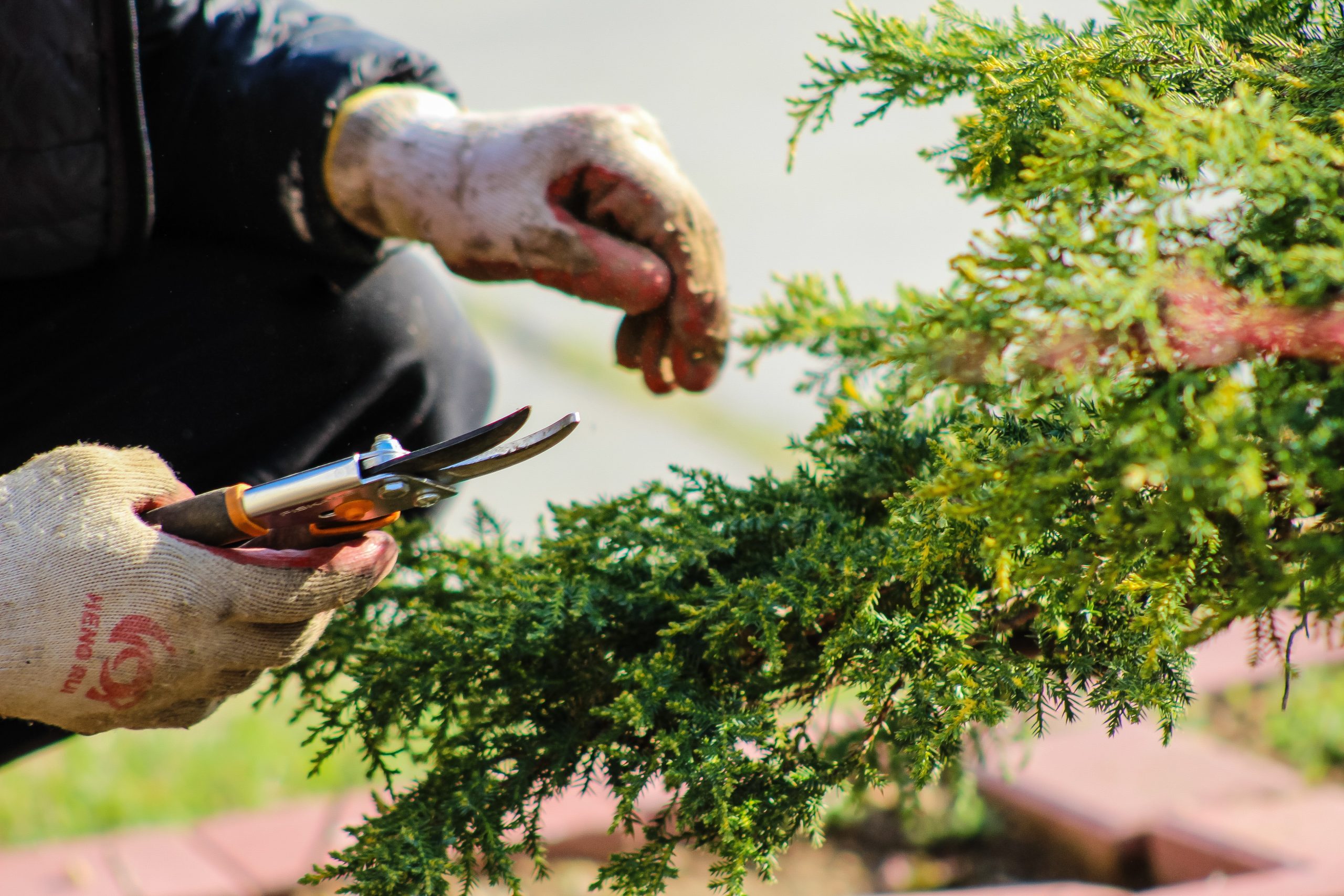Gardening and landscaping can be a great way to spruce up your outdoor space during the Georgia summer months. Whether you’re looking to cultivate fruits, vegetables, or colorful blooms, it can be tricky to get the best results. To help you make the most of your garden this summer, we’ve put together a list of four tips for summer gardening success. Read on to learn how to ensure your garden is flourishing this season!

1. Fertilize
One of the most important things you can do for your summer garden is to fertilize your plants regularly. This helps to provide the necessary nutrients for healthy growth and strong blooms. It’s especially important to fertilize in the spring before planting, as well as throughout the growing season. Be sure to choose a fertilizer that is appropriate for your specific plants, and follow the instructions carefully to avoid over-fertilizing. Overall, fertilizing is a key step in achieving a successful summer garden.
2. Water regularly
Once you’ve planted your garden, it’s crucial to keep it hydrated. Watering your plants regularly will help them grow strong and healthy. During the spring and summer months, your plants will require more water due to the warmer temperatures and increased sunlight.
It’s essential to make sure your garden is receiving the appropriate amount of water, as both overwatering and underwatering can damage your plants. Check your soil regularly to ensure it’s moist but not saturated. Depending on the climate you’re in and the type of plants you’re growing, you may need to water them once or twice a week or every day.
Proper watering is also crucial for lawn maintenance, especially during the hot summer months. Water your lawn early in the morning or late in the evening when the sun is low, as this will help prevent the water from evaporating too quickly. Additionally, try to avoid watering your lawn during windy weather, as the water will likely evaporate before it reaches the soil. With a little effort, you can enjoy a beautiful and bountiful garden all summer long!
3. Prune
Pruning is the process of trimming away dead or overgrown branches, stems, or leaves to promote healthy growth and improve the appearance of your plants. This is an important step in maintaining the health and vitality of your garden
.
When pruning, it’s essential to use the right tools and techniques to prevent damage to the plant. For shrubs and trees, use pruning shears, loppers, or a pruning saw to remove any dead, diseased, or damaged branches. For smaller plants, use scissors or garden snips. One of the primary reasons for pruning is to encourage the growth of new branches and leaves. By cutting back the old growth, you’ll stimulate the plant to produce fresh shoots, which will result in a healthier, fuller plant.
Pruning is also an excellent way to maintain the shape and size of your plants. By removing excess growth, you can prevent your plants from becoming too large and taking over your garden. It’s important to remember that pruning can be stressful for plants, so it’s important not to overdo it. Prune no more than 1/3 of the plant at a time, and avoid cutting into the main stem or trunk of the plant. With the right pruning techniques, you can promote healthy growth and create a beautiful garden this summer.
4. Add mulch
Another great tip for summer gardening success is to add mulch to your plants. Mulch can provide a number of benefits for your garden, including regulating soil temperature, preventing weed growth, retaining moisture, and improving soil quality.
There are a variety of different types of mulch you can use, including organic materials like straw, leaves, or grass clippings, as well as inorganic materials like rocks or gravel. Depending on your preference and the needs of your garden, you can choose the type of mulch that works best for you. When adding mulch to your garden, make sure to spread it evenly around your plants, leaving a little bit of space around the stem to prevent rotting. You should aim to add about 2-3 inches of mulch to your garden beds, and be sure to refresh the mulch periodically throughout the season as it breaks down. By adding mulch to your garden, you’ll be providing a protective layer that can help your plants thrive, even in the hottest summer temperatures.

Now go grab your gardening tools, put these tips to action, and get to work on creating the garden of your dreams! If you need support, Whispering Springs is here to help. Contact us for more information on our yard maintenance services!



